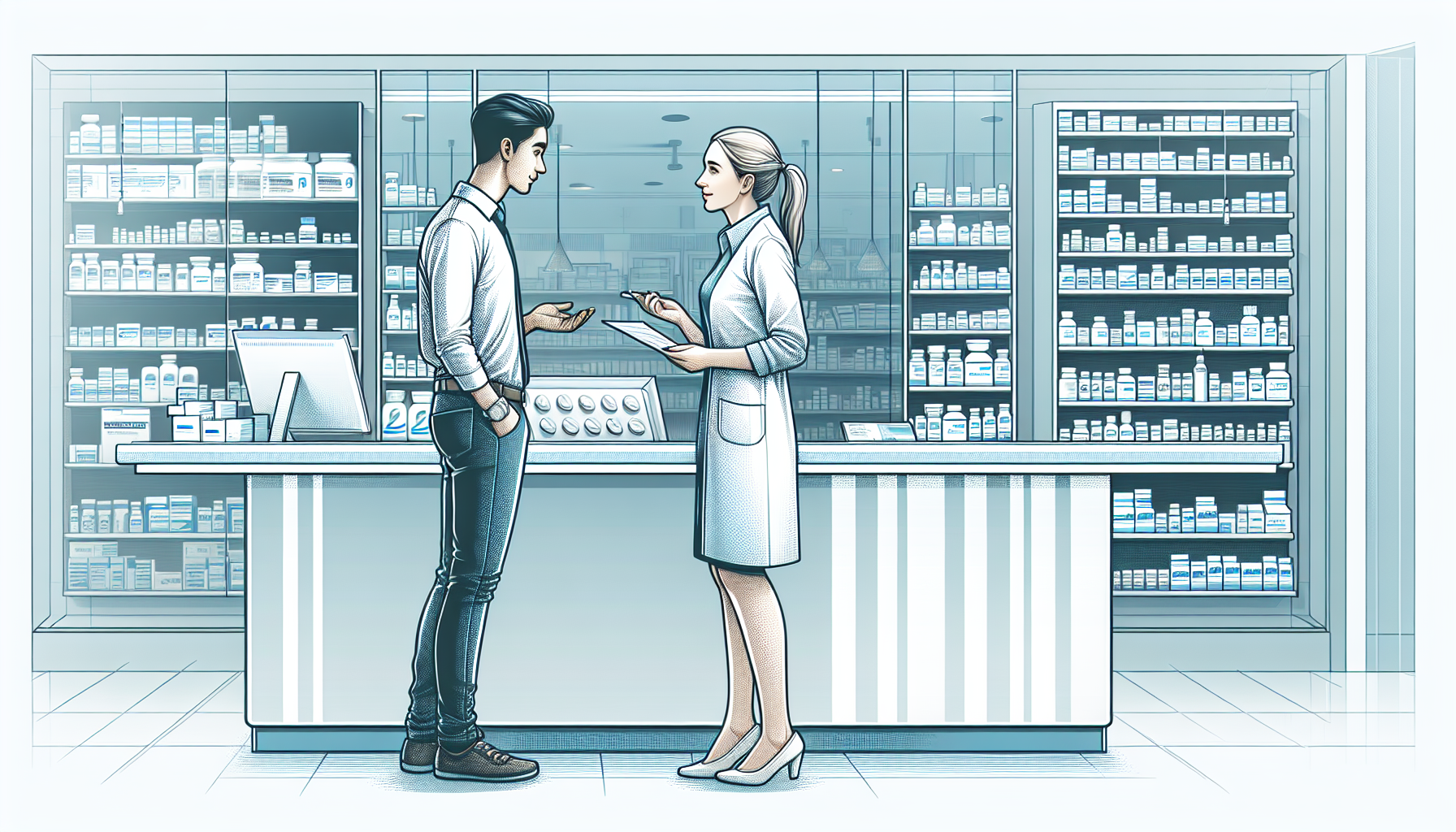In the landscape of pharmaceuticals, the concept of bioequivalence is a cornerstone in the development and approval of generic medications. It ensures that the generic version of a medication provides the same medical benefits as its brand-name counterpart. This article delves into the intricacies of bioequivalence, shedding light on its importance, the processes behind it, and its implications for healthcare professionals and patients alike.
What is Bioequivalence?
Bioequivalence refers to the absence of a significant difference in the rate and extent to which the active ingredient or active moiety in pharmaceutical equivalents or pharmaceutical alternatives becomes available at the site of drug action when administered at the same molar dose under similar conditions in an appropriately designed study.
Simply put, when a generic medication is bioequivalent to a brand-name drug, it means that the generic drug works in the same way and provides the same clinical benefit as its brand-name version. This is crucial for maintaining consistent therapeutic effects when patients switch from a brand-name drug to a generic one.
The Significance of Generic Medications
Generic medications are vital for the healthcare system as they offer more affordable options without compromising efficacy. These cost-effective alternatives are especially important in the management of chronic conditions, where patients may require long-term medication. Affordability can significantly improve medication adherence, thus enhancing health outcomes.
For instance, individuals managing cardiovascular health can benefit from generic medications that are both effective and more accessible, enabling them to sustain their treatment regimens without financial burden.
Regulatory Standards for Bioequivalence
Regulatory agencies, such as the U.S. Food and Drug Administration (FDA), set stringent standards for bioequivalence testing. These standards ensure that generic medications meet specific criteria before they can be marketed. The testing involves comparing the generic drug’s pharmacokinetic properties to those of the brand-name drug.
Pharmacokinetic parameters, like peak plasma concentration (Cmax) and the area under the plasma concentration-time curve (AUC), are measured in clinical trials. If the results fall within an acceptable range, the generic drug is deemed bioequivalent.
Bioequivalence Testing Methodologies
Bioequivalence studies typically involve a cross-over design, where volunteers are given both the generic and the brand-name drug in separate periods, followed by blood tests to measure drug levels. These studies are carefully conducted to minimize variability and ensure reliable results.
For more insights into the role of pharmacokinetics in drug development and how it relates to bioequivalence, consider reading about The Importance of Pharmacokinetics in Drug Development.
The Impact on Healthcare
The implications of bioequivalence in healthcare are profound. It supports the substitution of generics for brand-name drugs, which can lead to significant cost savings for both patients and the healthcare system. Moreover, it helps healthcare professionals make informed decisions when prescribing medications.
Healthcare providers often conduct medication reviews in patient care to ensure that the prescribed drugs are appropriate, effective, and safe. Understanding bioequivalence is an integral part of this process.
Addressing Concerns and Misconceptions
Despite the rigorous standards for bioequivalence, some patients and healthcare providers may have concerns about the interchangeability of generic drugs. Education is key to addressing these concerns. It’s important to understand that bioequivalent generic drugs have the same efficacy and safety profile as their brand-name counterparts.
For an in-depth look at strategies to prevent medication errors and misconceptions, read about Medication Errors and Prevention Strategies.
External Resources Supporting Bioequivalence
Several niche resources provide further information on bioequivalence. For example, the Center for Drug Evaluation and Research at the FDA offers detailed guidance documents on the requirements for bioequivalence studies, which can be instrumental for industry professionals.
Healthcare academics may find in-depth discussions and case studies in professional journals such as The Journal of Clinical Pharmacology, which provides peer-reviewed articles on pharmacokinetics and bioequivalence.
Patients seeking to understand the practical aspects of generic drug use may benefit from resources like Consumer Reports, which offers advice on choosing between generic and brand-name medications.
The Future of Bioequivalence
Advancements in pharmaceutical sciences continue to refine bioequivalence assessments, making them more accurate and efficient. These developments are essential for the evolution of personalized medicine, where treatments can be tailored to individual patient needs.
Looking forward, bioequivalence will remain a critical component in the development of generic drugs and biosimilars, ensuring they provide safe, effective, and more affordable healthcare options.
In conclusion, bioequivalence is more than a regulatory requirement; it’s a promise of quality and reliability in generic medications. By understanding and embracing this concept, we can continue to support the availability of effective and accessible treatment options, enhancing patient care and public health.



